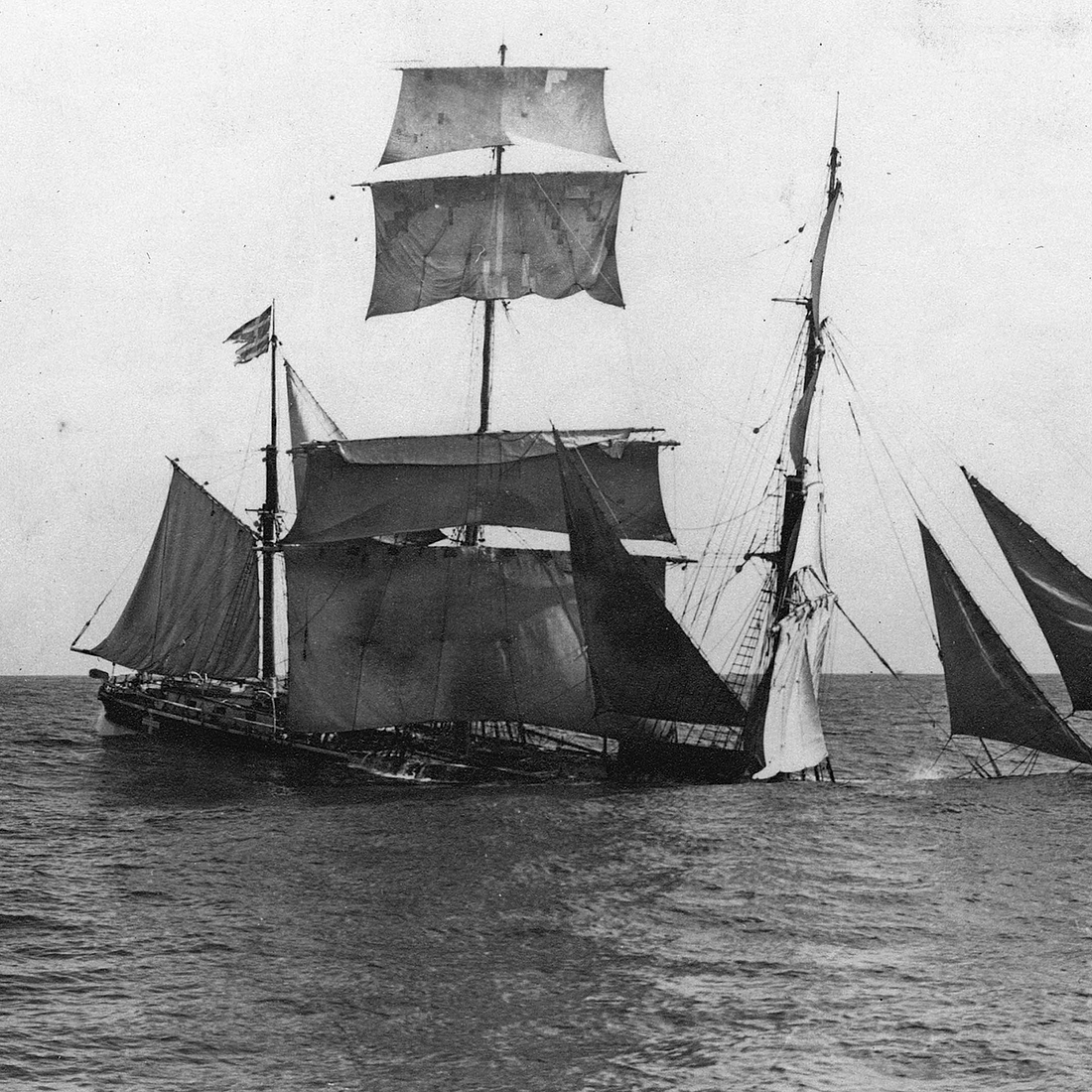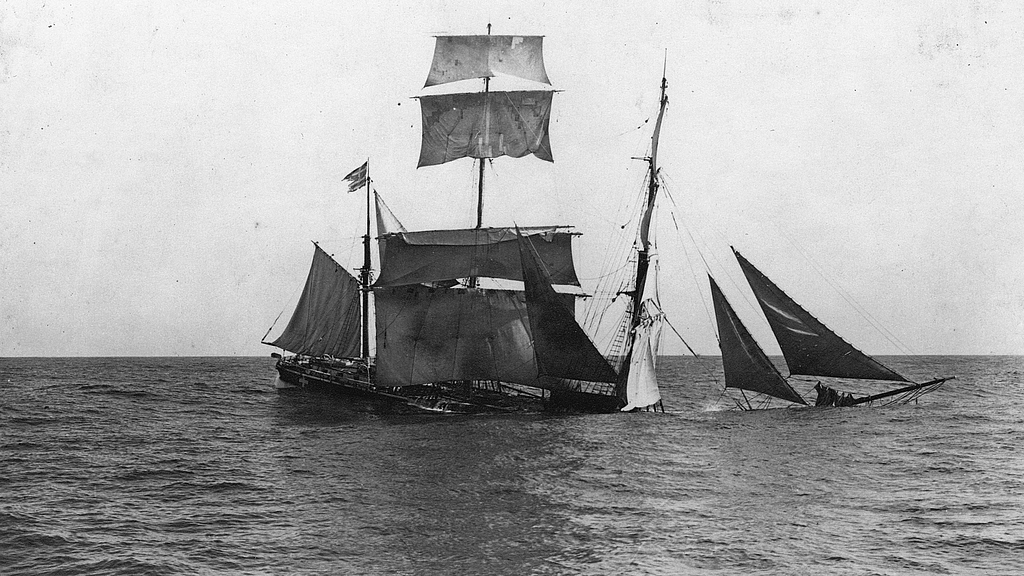Shipwrecks and ship safety
Shipping accidents have always been part of the shipping industry. They have a fundamental influence on the perception of the sea and lead to concrete initiatives for the protection of people and ships at sea
For centuries man has tried to use the sea for his own purposes. Be it for the extraction of resources, as a means of transporting goods, as an escape route, for recreation or as a travel experience: ships have always played a central role for various interests in the use of the sea. However, numerous examples of shipping accidents, both past and present, show that the sea has always been and will always remain a danger zone for people and ships despite all the achievements of maritime technology. In our exhibition we present three historical shipwrecks, which occurred due to weather-related, nautical and/or technical causes, using original exhibits. In addition, we present aspects of ship safety as well as strategies and initiatives such as organised sea rescue, which serve to reduce the potential danger at sea.
Three shipwrecks: PREUSSEN (1910), PAMIR (1957) and MÜNCHEN (1978)
In the exhibition you will be able to see exhibits that were added to the collection of the German Maritime Museum as remains of shipwrecks. The exhibition focuses on the lifeboat of the four-masted barque PAMIR [link to the exhibit], which sank in a hurricane in 1957 as a training ship for the merchant navy. Its sinking is one of the most tragic shipping accidents in recent history: of the 86 very young crew members, only six survived. The sinking of the PAMIR heralded the end of training on sail training ships in the German merchant navy. Soon the disaster was regarded as a symbol for the final end of the great era of cargo sailing. In addition to the sinking of the PAMIR, we will also focus on the fate of the full-rigged ship PREUSSEN, one of the world's largest sailing ships at the time and managed by the legendary Hamburg shipping company F. Laeisz, which stranded off Dover in 1910 after a collision. The sinking of the LASH carrier MUNICH, which disappeared in the North Atlantic in 1978 with its entire crew without a trace, is still a mystery today. Only a few items of equipment, some of which can be viewed in the exhibition, were later found.
The organized sea rescue
A concrete initiative in response to shipping accidents was the establishment of sea rescue societies in the 19th century. The first were in Great Britain and the Netherlands in 1824. In Germany, the "Deutsche Gesellschaft zur Rettung Schiffbrüchiger" (DGzRS) was founded in 1865. Even though ship accidents, some of which resulted in heavy losses of life, were the main reason for the foundation of these societies, developments had already taken place beforehand which promoted the establishment of professional sea rescue. With the emergence of regular shipping routes, these developments included an increase in maritime traffic and thus an increase in the transport of people as well as the growing need to make maritime traffic safer. Last but not least, technical developments and enlightened thinking, not to leave the fate of shipwrecked people in God's hands alone, also favoured the establishment of these organisations. Organised sea rescue can be placed in the context of general efforts in the 19th century to take precautions for preventive ship safety and to regulate shipping traffic in a comprehensive manner. Therefore, the subject of sea rescue will be a further focal point in this exhibition area.
Further reading
Sebastian Bruns, Kerstin Petretto und David Petrovic (Hrsg.):
Maritime Sicherheit (Globale Gesellschaft und internationale Beziehungen),
Wiesbaden 2013 [Online-Ausgabe]
Stefanie Knöll, Michael Overdick, Norbert Fischer und Thomas Overdick (Hrsg.):
Der Tod und das Meer. Seenot und Schiffbruch in Kunst, Geschichte und Kultur
(Katalog zur gleichnamigen Ausstellung im Flensburger Schifffahrtsmuseum, 25. November 2012 bis 27. Januar 2013), Handewitt 2012
Christian Ostersehlte:
Die Deutsche Gesellschaft zur Rettung Schiffbrüchiger
(Schriften des Deutschen Schiffahrtsmuseums, Bd. 26), Hamburg 1990.


